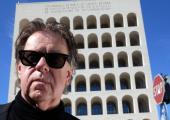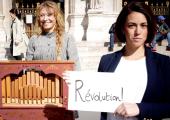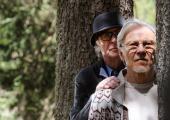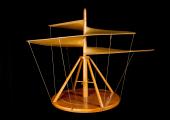DVD: YOUTH Paolo Sorrentino meditates on old age with Caine, Keitel and, er, Maradona
Paolo Sorrentino meditates on old age with Caine, Keitel and, er, Maradona
The fountainhead of creativity is at the heart of Paolo Sorrentino’s English-language follow-up to the Oscar-winning The Great Beauty. The film is set in a Swiss hotel-cum-sanatorium whose summer residents include Michael Caine as a composer who remains resolutely retired even when the Queen sends a messenger to request he perform for her, and Harvey Keitel as a fading filmmaker who still believes he has skin in the game.
Also loitering on the premises are Rachel Weisz as the composer’s heartbroken daughter, whose marriage to the scriptwriter’s son has just ended, and Paul Dano as a hot young actor preparing to play Hitler. Sorrentino’s Felliniesque world, in which jaded men trade philosophical nostrums and obsess about sex and death, just about survives translation into English, partly because his painterly eye for exquisite formal imagery is if anything enhanced by his sojourn among grassy peaks and orthopaedic plunge pools.
If there's a hint of a void at the heart of the film it is Caine, who contributes a melancholy stillness without ever quite convincing as a great contemporary classical maestro. There is a glorious cameo from Jane Fonda as a harpy jetting in with bad news, while among other curiosities are a fiery cameo from Paloma Faith as herself and a homage to a grotesquely fat former football god, pretty clearly Diego Maradona. As he humps a tennis ball in a furious session of left-foot keepy-uppy, Sorrentino argues that genius lingers long after the host body gives up the ghost. For Caine the beautiful equivalent is conducting a pasture full of cowbells and windswept trees, for Keitel the vision of all his female film leads joining him on an afternoon stroll.
This is another sentimental ravishment from a director who knows how to retain distinctly Italian flavouring as he crosses borders. The extras include a making-of featurette and an interview with Sorrentino, who is careful to explain that, Dano aside, he nabbed all of the stars before he’d won the Oscar.
Overleaf: watch the trailer to Youth










